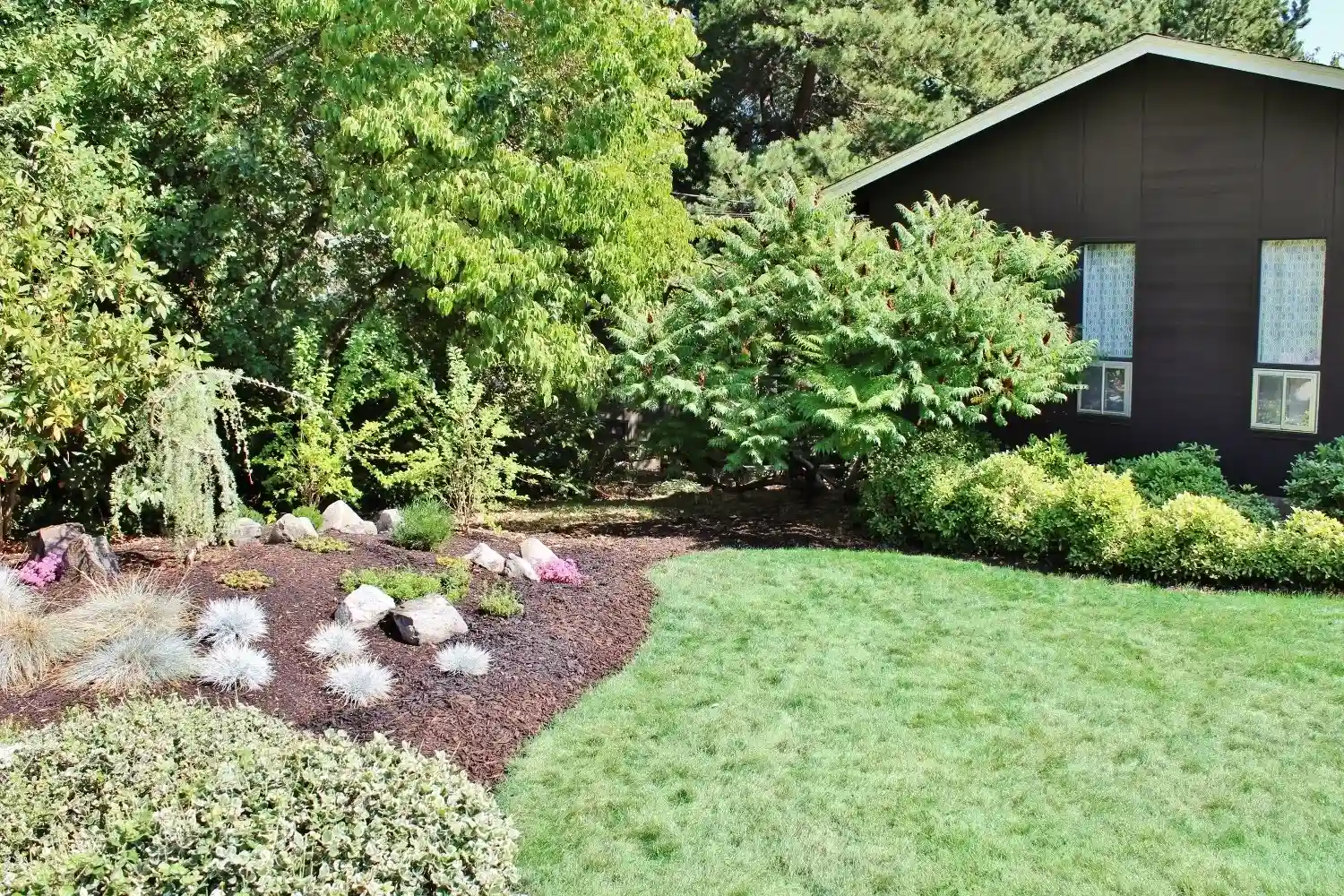Burms are an essential element in landscaping, civil engineering, and environmental management. These raised banks or walls of earth serve multiple purposes, from flood control to noise reduction. In this comprehensive guide, we’ll explore the various aspects of burms, their applications, and their importance in both natural and urban environments.
What Are Burms?
Burms, sometimes spelled “berms,” are artificial ridges or embankments typically made of earth, sand, or gravel. They are designed to:
- Control water flow
- Provide protection from flooding
- Reduce noise pollution
- Enhance privacy
- Create visual interest in landscapes
Burms can vary greatly in size, from small garden features to large-scale flood control structures. Their versatility makes them a popular choice for both residential and commercial applications.
The History of Burms
Ancient Origins
The use of burms dates back to ancient civilizations. Early humans recognized the value of raised earth structures for:
- Defensive fortifications
- Agricultural water management
- Flood protection for settlements
Modern Development
In the 20th century, the concept of burms evolved to include:
- Noise reduction along highways
- Landscaping features in parks and gardens
- Environmental restoration projects
Types of Burms
Burms come in various forms, each designed for specific purposes:
1. Landscaping Burms
These are commonly used in gardens and parks to:
- Create visual interest
- Define spaces
- Provide windbreaks
- Enhance privacy
2. Noise Reduction Burms
Often seen along highways and industrial areas, these burms:
- Absorb and deflect sound waves
- Protect residential areas from traffic noise
- Improve quality of life for nearby residents
3. Flood Control Burms
Critical for water management, these burms:
- Redirect water flow
- Protect low-lying areas from flooding
- Serve as part of larger flood defense systems
4. Agricultural Burms
Used in farming, these burms:
- Control erosion
- Manage water distribution
- Protect crops from wind damage
Designing and Constructing Burms
Planning Considerations
When designing burms, several factors must be taken into account:
- Purpose of the burm
- Available space
- Soil composition
- Local climate and rainfall patterns
- Aesthetic considerations
- Environmental impact
Construction Process
Building burms typically involves the following steps:
- Site preparation
- Soil compaction
- Shaping the burm
- Adding drainage systems (if necessary)
- Erosion control measures
- Vegetation planting
Materials Used
Burms can be constructed using various materials:
- Native soil
- Imported fill
- Recycled materials (in some cases)
- Reinforcing materials (geotextiles, erosion control blankets)
Benefits of Burms
Burms offer numerous advantages in different contexts:
Environmental Benefits
- Erosion control
- Habitat creation for wildlife
- Microclimate modification
- Carbon sequestration (when vegetated)
Practical Benefits
- Flood protection
- Noise reduction
- Privacy enhancement
- Wind protection
Aesthetic Benefits
- Visual interest in landscapes
- Natural-looking alternatives to walls
- Opportunities for creative landscaping
Burms in Urban Planning
Integrating Burms in City Design
Urban planners increasingly incorporate burms to:
- Manage stormwater runoff
- Create green spaces
- Reduce urban heat island effects
- Improve air quality
Burms in Environmental Restoration
Restoring Damaged Ecosystems
Burms play a crucial role in:
- Wetland restoration
- Mine site reclamation
- Coastal dune reconstruction
Enhancing Biodiversity
By creating varied topography, burms can:
- Provide diverse habitats
- Support a wider range of plant and animal species
- Contribute to ecological resilience
Challenges and Considerations
While burms offer many benefits, there are challenges to consider:
Maintenance Issues
- Erosion control
- Vegetation management
- Structural integrity over time
Environmental Concerns
- Potential disruption of natural water flows
- Soil compaction
- Introduction of non-native species (if not carefully planned)
Regulatory Compliance
- Building codes and permits
- Environmental impact assessments
- Flood plain regulations
Burms in Residential Landscaping
DIY Burm Projects
Homeowners can create small-scale burms to:
- Enhance garden aesthetics
- Improve drainage
- Create privacy screens
- Develop unique outdoor spaces
Professional Landscaping with Burms
Landscape architects use burms to:
- Solve drainage issues
- Create focal points in gardens
- Develop multi-functional outdoor areas
- Increase property values through improved landscaping
The Future of Burms
As we face increasing environmental challenges, the role of burms is likely to expand:
Climate Change Adaptation
Burms will be crucial in:
- Coastal protection against rising sea levels
- Flood mitigation in areas experiencing increased rainfall
- Creating resilient urban landscapes
Sustainable Design
Future burm designs may incorporate:
- Renewable energy generation (e.g., solar panels on south-facing slopes)
- Water harvesting systems
- Advanced biotechnology for soil stabilization
Smart Burms
Integration of technology could lead to:
- Sensors for real-time monitoring of soil conditions
- Automated irrigation systems
- Data collection for environmental research
Burms Around the World
Different cultures and regions have unique approaches to burm design and use:
Asian Traditions
- Japanese garden burms for aesthetic and spiritual purposes
- Rice paddy terraces in Southeast Asia
European Innovations
- Dutch polder systems for land reclamation
- Alpine snow protection burms
North American Practices
- Prairie restoration using contour burms
- Sustainable urban drainage systems (SUDS) in cities
Conclusion
Burms are versatile and valuable structures in landscaping, civil engineering, and environmental management. Whether for controlling water flow, reducing noise, or enhancing aesthetics, burms provide practical, environmental, and aesthetic benefits. As urban planning and environmental challenges evolve, burms will play a crucial role in adapting to climate change and advancing sustainable design practices, making them essential for future development.





